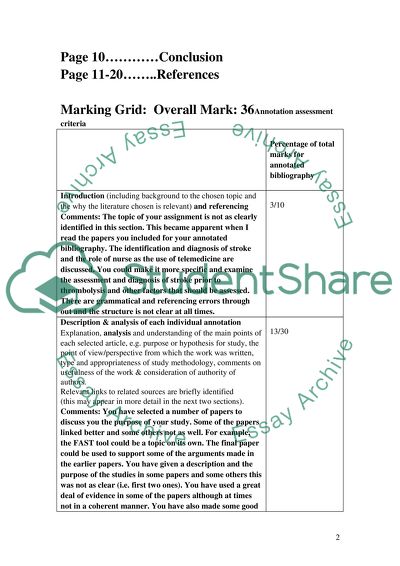Cite this document
(“Assessment of stroke. annotated bibliography Essay”, n.d.)
Retrieved from https://studentshare.org/environmental-studies/1408963-assessment-of-stroke-annotated-bibliography
Retrieved from https://studentshare.org/environmental-studies/1408963-assessment-of-stroke-annotated-bibliography
(Assessment of Stroke. Annotated Bibliography Essay)
https://studentshare.org/environmental-studies/1408963-assessment-of-stroke-annotated-bibliography.
https://studentshare.org/environmental-studies/1408963-assessment-of-stroke-annotated-bibliography.
“Assessment of Stroke. Annotated Bibliography Essay”, n.d. https://studentshare.org/environmental-studies/1408963-assessment-of-stroke-annotated-bibliography.


